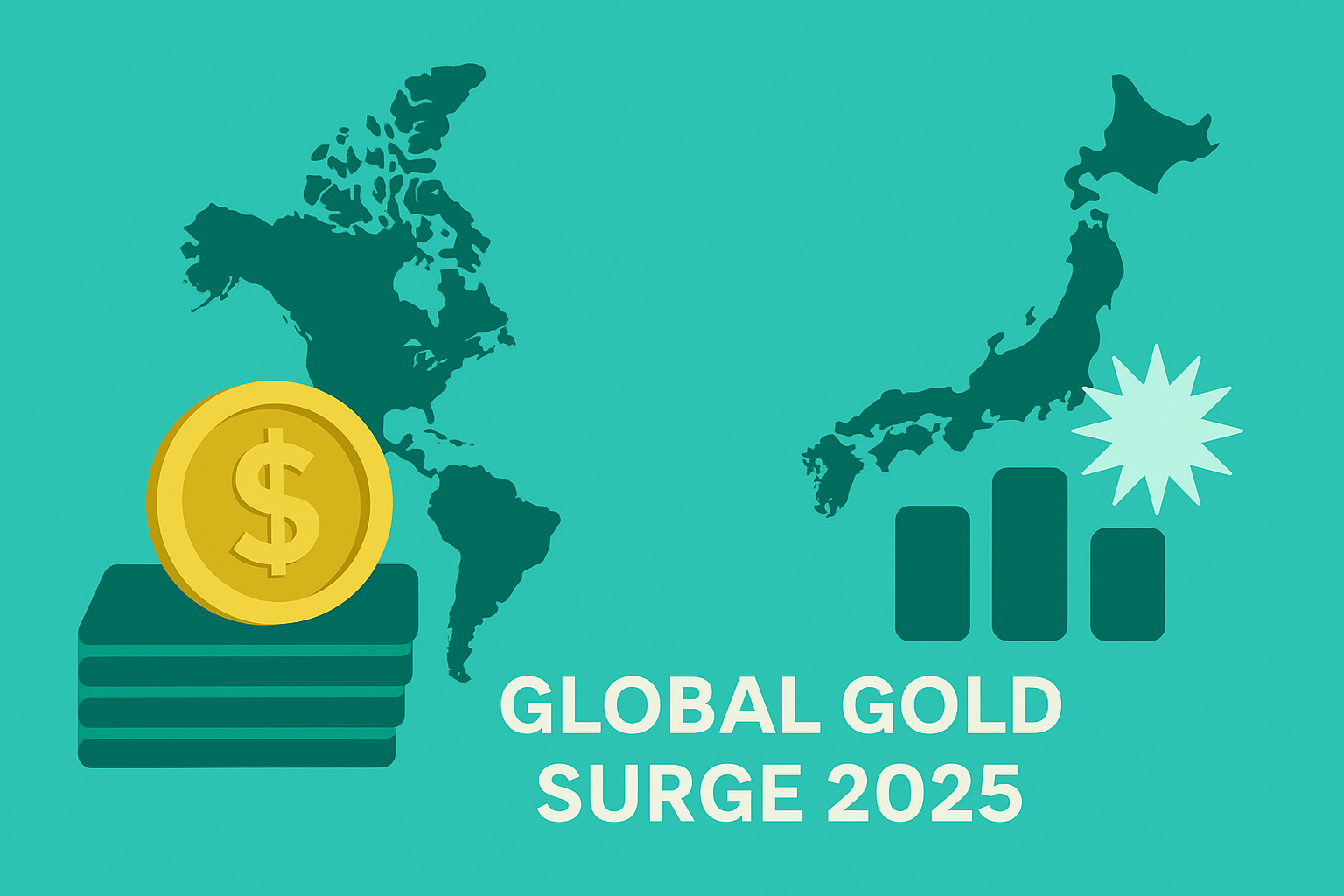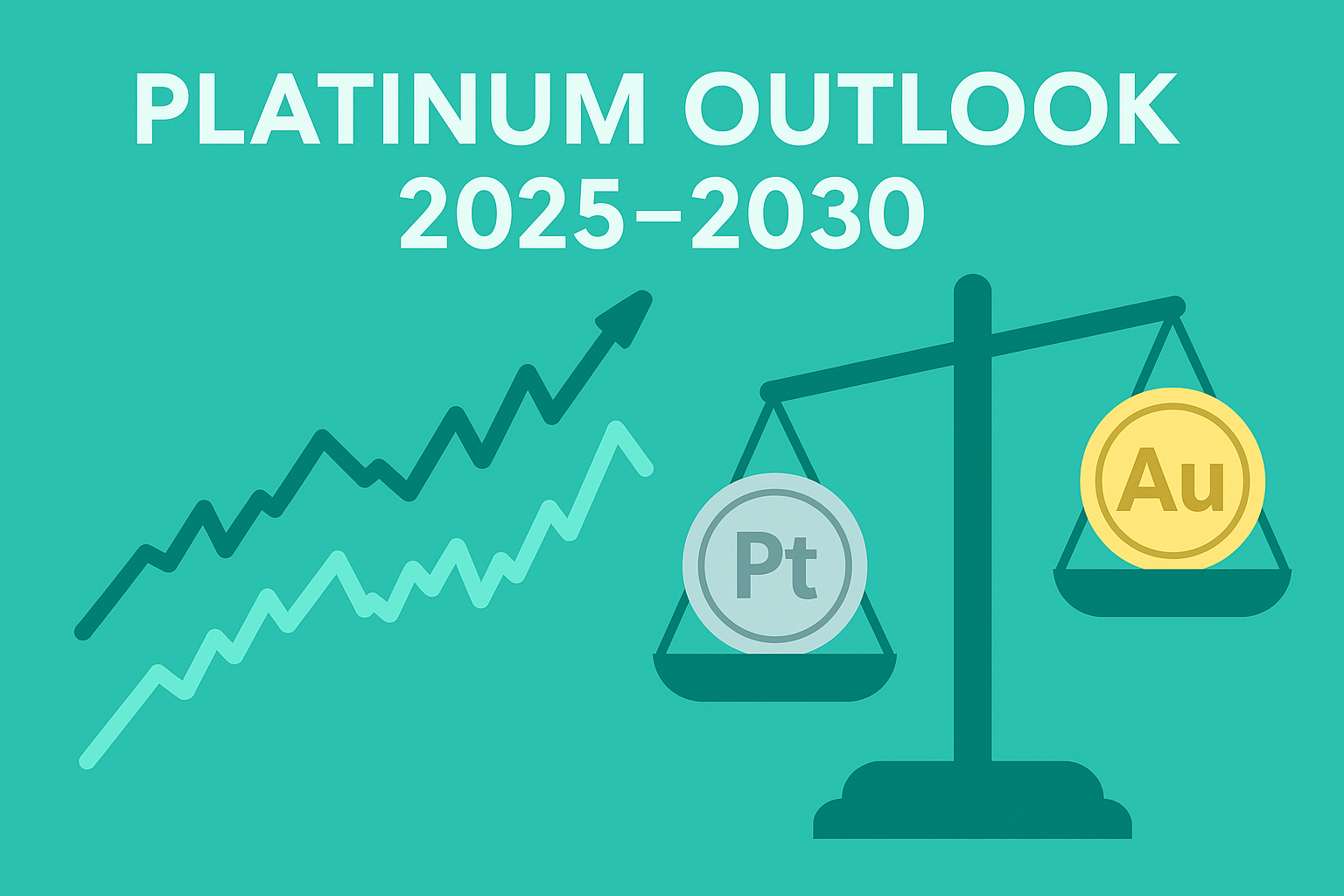Date:2025/10
Lead: A Silent Psychological War Beneath the Waves
On the eve of the U.S.–China summit, October 30 2025, the world slipped into a deeper chill.
Just hours after Russia tested its nuclear-powered Poseidon torpedo, U.S. President Donald Trump ordered the Pentagon to “immediately resume nuclear testing.”
It was not a coincidence, nor mere saber-rattling.
It was an act of choreography — a calculated display of nuclear symbolism in a world where perception itself has become the newest battlefield.
I. Moscow’s Signal from the Deep
Russia’s announcement of the Poseidon test reverberated through defense circles like a sonar shock.
The weapon — a nuclear-powered, nuclear-capable underwater drone — is designed to outlast and outmaneuver any known missile defense system.
The Kremlin insisted the trial involved no detonation, yet the message was unmistakable:
Russia remains capable of a second strike, whatever the cost.
In the narrative contest surrounding the war in Ukraine, Poseidon was not just a weapon; it was theatre.
It reminded the West that Moscow can still rewrite the script.
Trump’s order, issued days later, was America’s reply — not in silence, but in thunderous rhetoric.
II. Timing as Strategy: The Pre-Summit Shockwave
To view Trump’s directive as spontaneous would be naïve.
It came less than twenty-four hours before his scheduled meeting with China’s Xi Jinping in Busan — a moment billed as a reset for the world’s most consequential relationship.
By invoking nuclear testing at that precise hour, Trump was not breaking protocol; he was setting the tone.
The timing sent a layered message:
“Even if you stand closer to Moscow, Washington still dictates the nuclear tempo.”
The gesture reframed the coming summit.
No longer a dialogue about trade and semiconductors alone, it became a negotiation conducted under the ambient glow of a hypothetical mushroom cloud — a reminder that military primacy still precedes diplomacy.
III. The Rhetoric of Deterrence
No one expects an underground explosion at Nevada tomorrow.
The phrase “immediate testing” was not logistical but psychological.
Trump understands what deterrence truly is: not the act of firing, but the art of making others imagine you might.
In that sense, America’s “test order” mirrored Russia’s Poseidon test — both were performances in a theatre of perception.
Modern deterrence has evolved from missile trajectories to message timing, from concrete arsenals to the choreography of threat.
Cold War 2.0 is no longer fought by launch keys, but by headlines.
IV. Japan and the Dilemma of Silence
No ally felt the tremor more intimately than Japan — the only nation ever to suffer nuclear attack, yet reliant on the U.S. nuclear umbrella.
Trump’s announcement forced Tokyo once again to confront its paradox:
the moral rejection of nuclear arms versus the pragmatic dependence on them.
For Washington, the subtext was deliberate.
By speaking of nuclear tests before meeting Xi, Trump was reminding allies and adversaries alike that America’s deterrent remains both technological and psychological — and that hesitation is a form of weakness.
V. How the World Read the Script
In Europe, commentators framed Trump’s words as a revival of Cold War theatre.
Beijing’s state media dismissed it as “an expression of American anxiety.”
Moscow, notably, chose silence — signaling comprehension more than surprise.
Across capitals, one interpretation dominated: this was not an outburst, but an act.
Nuclear rhetoric has become an instrument of grand strategy — a tool for shaping the mental map of power before a single missile moves.
The true arms race today is not in warheads, but in narratives.
Epilogue: When Words Become Warheads
Poseidon glides through the Arctic depths; Trump’s words ripple through diplomatic channels.
No detonation has occurred, yet global tension rises as if one had.
When Trump and Xi sit down in Busan, the table will hold not only policy briefs — but also the invisible weight of nuclear posturing.
In the 21st-century nuclear order, the world’s most dangerous weapon is no longer uranium.
It is language, timed precisely, deployed strategically, and aimed directly at the world’s collective imagination.
October 30 2025 may be remembered as the day when a sentence carried more destructive power than a bomb.


